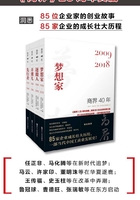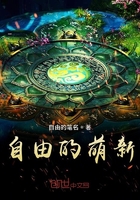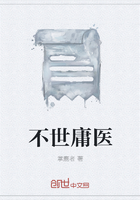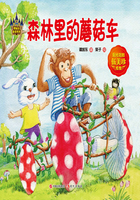Resources will be directed to tenant farms from all other uses. As more farming resources are directed to tenant farms, the marginal product of land in these farms will be higher-and the marginal products of tenant inputs will be lower —than those of similar resources employed elsewhere. This implies that the marginal products of tenant inputs will be lower than the associated marginal opportunity costs; similarly, resources invested by tenants will yield returns at a rate lower than the interest rate.
There are several circumstantial and technical difficulties in confirming these implications empirically. First, owing to the war years preceding 1947 and the multiple governmental reform programs conducted in Taiwan agriculture since 1953, the data I use are primarily from 1948 to 1951, though on occasion I use data of 1947 and 1952 also.[1] Cross-section data, when available, will be emphasized. Second, inflation and new currency issues during the period under study rule out the use of price data. With different crops harvested at different dates, for example, inflation would render the relative prices of crops useless. Third, for the greater part of the available data, we cannot separate owner farms from tenant farms. Thus, in the next chapter I shall attempt to rank the prefectures in Taiwan according to the respective magnitudes of resources affected by the share restriction. Finally, for technical reasons I shall not attempt to measure numerically the changes in marginal productivity. Only implications of these changes will be tested.
Observations from Taiwan will be presented in two chapters. In this chapter, I focus on the reallocation of input resources. In the next chapter, with more data available on crop yields, I shall undertake more delicate treatment of output responses. As much as possible, I choose data from primary sources.
After contracts were renegotiated in April 1949, under which a maximum flat rental rate of 37.5 percent of the actual annual yield was put into effect, adjustments in input intensity occurred in a variety of ways.
A.Adjustments in the Intensity of Labor Input
Although the population in Taiwan increased during the period under study, the civilian labor force declined. The population increase was largely juvenile, and there was an intensification of national defense.[2]
In table 2, column 1 contains index numbers for the farming population during the period of share restriction. This reveals the reallocation of labor resources from other sectors to the agricultural industry as a whole. With negligible changes in the area of cultivated land in the same period,[3] the result was decreasing land holding per farmer (column 6). Columns 2 and 3 reveal that the population of both owner and tenant farmers increased, with the former rising at a faster rate than the latter after 1950. This is why the ratio of tenant farmers to owner farmers, computed from the actual population, declines in 1950 and 1951 (column 4).
However, the ratio of land under tenancy to owner land declined even more significantly. Before the share restriction, 56.3 percent of the private land had been under tenancy. In December 1949 —some six months after the share control —only 44.5 percent was under tenant cultivation.[4] This indicates that 20.9 percent of land under tenant cultivation was converted to owner cultivation. Of this portion of land converted, only about 2 to 3 percent could be accounted for by lease dismissals and land purchases by tenants.[5] The major factor, therefore, was partial repossession of land from the tenants by the landowners, which involved no lease dismissal.
The reduction of land size per lease contract through partial land repossession was not restricted by law. The landowners could themselves cultivate the land repossessed in this manner, hire farm hands to do the tilling, or sell it to parties other than the tenants. This, together with land purchased by tenants, accounted for the increase in owner farmers. On the other hand, the owners could lease the repossessed portions to new tenants, resulting in the rise in tenant farmers and lease contracts shown in column 3.
All this leads to the values in columns 7 and 8, which may be regarded as results of "critical experiments" suggesting confirma-tion of the hypothesis of increased farming intensity. Measured in hectares of land per farmer, the holding per owner farmer increased, and the holding per tenant farmer decreased under the share restriction. The data confirm not only that resource reallocation took place but, more specifically, that under the share restriction the intensity of labor input to land was significantly higher in tenant farms than in owner farms.
Several remarks need to be made here. First, the values given in columns 7 and 8 indicate that before the share restriction the landholding per tenant farmer was slightly larger than per owner farmer. This was so largely because a small portion of the cultivated land was rented to tenants under state ownership, and the labor intensity for this portion of land was reportedly low.[6] But we lack information separating this type of tenant from those cultivating private land. Thus, instead of furnishing rough estimates, we let this bias remain throughout. The correction of this would lead to slight decreases for all values in column 8. Second, since the rent limitation was a flat rental rate of 37.5 percent for all tenant contracts, some tenant farms were unaffected by this control (see chapter 8, table 4). If the unaffected tenant farmers were transferred from column 8 to column 7, which is the proper procedure for our present purpose, the difference between these columns after 1949 would be even greater.[7] Finally, it is clear that the major adjustments in labor intensity occurred quickly, and further changes after 1949 were minor. This is also seen in columns 9 and 10, where the average land sizes for each lease and tract declined only slightly from December 1949 to June 1951.














